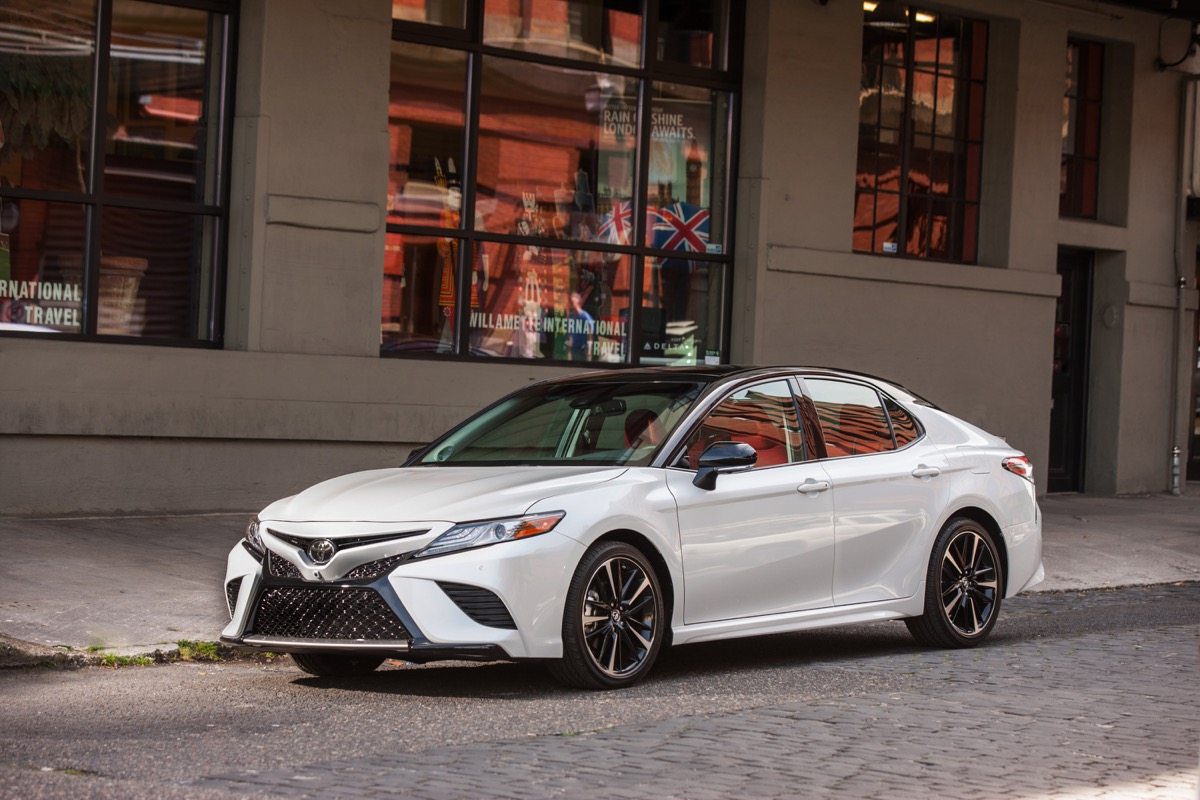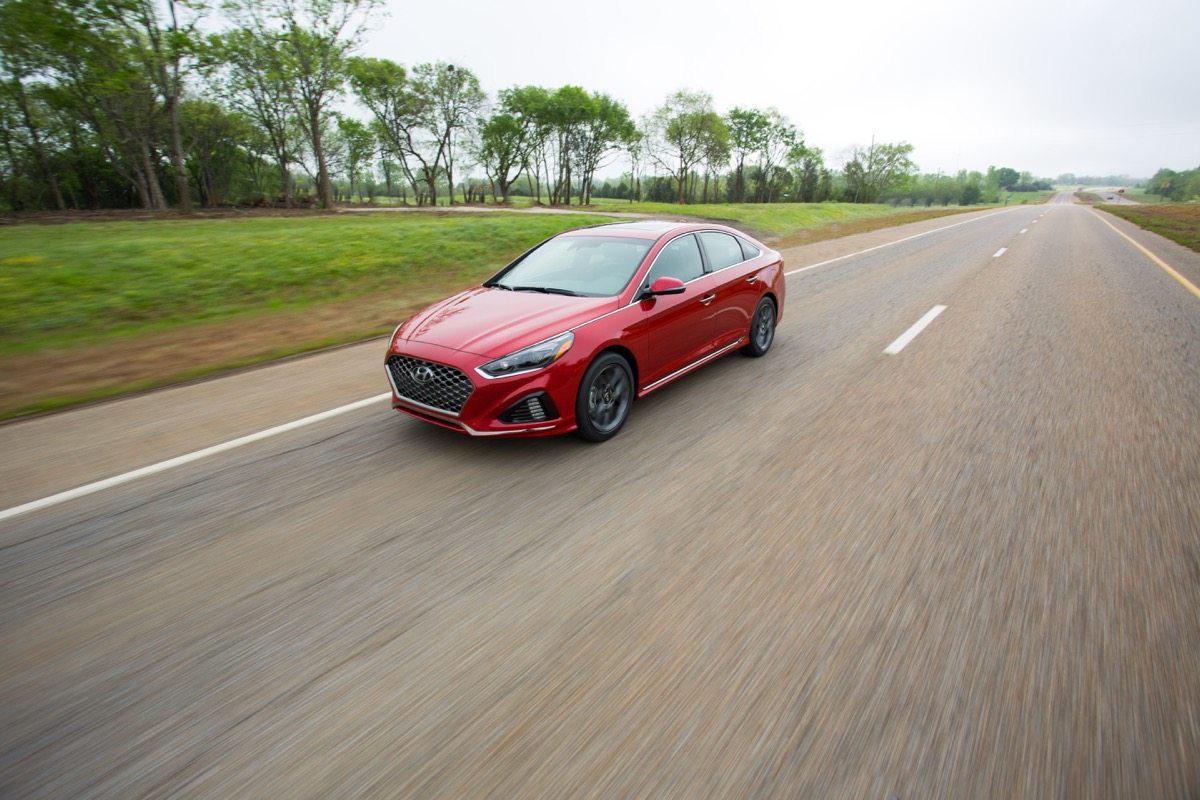It was only five years ago, the year Boston won another World Series, the year Obama was inaugurated a second time, the year “selfie” was Oxford Dictionary’s word of the year.
It was 2013, and Americans were buying and leasing an average of 200,000 midsize cars every month. Tastes have changed. That figure fell below 150,000 in 2017, and through the first two months of 2018 – admittedly a low-volume time of year – is down 15 percent to 111,000.
There’s no reason to believe all midsize sedans are going to die off simply because the market is shrinking. Remember that the collapse of the minivan market (U.S. sales plunged 56 percent between 2005 and 2017) didn’t result in the disappearance of all minivans.
Buick, Chevrolet, Ford, Hyundai, Mazda, Mercury, Nissan, Oldsmobile, Pontiac, and Saturn still fielded minivans in 2005. Only Chrysler/Dodge, Honda, Toyota, and Kia do so now.
Similarly, many midsize sedan players have already left the stage, some having done so recently. The Chrysler 200, Dodge Avenger, Pontiac G6, Saturn Aura, Mercury Milan, Suzuki Kizashi, and Mitsubishi Galant are all dead and gone. You could argue that some simply met their demise because they were linked to extinguished brands, but you could also argue that they failed to bolster the brands to do the degree that said brands wouldn’t need to be extinguished.
There’s good reason to believe that some current midsize cars don’t have much of a future, either. It’s not just a case of finding enough buyers – the Chrysler 200’s discontinuation teaches us that enough buyers need to be found who are willing to pay a sufficient price. After all, the 200 was killed off after sales in 2015 shot up to 177,889 units, double what the 200 had managed only four years prior. It didn’t matter what those numbers were, as the 200 could only muster such apparent success with steep incentives.
Regardless of what the future holds for America’s midsize sedan segment, with rumours of a Ford Fusion death and Mazda’s decision to not thoroughly redevelop the 6, there are three main points of concern when it comes to America’s former No.1 sector.
#1: Honda’s Brand New Accord Is Struggling
Unwilling to play the incentive game with the newly launched tenth-generation 2018 Accord, Honda is protecting future resale values and focusing on profit over volume. That’s… good?
Unfortunately for dealers, the objectively class-leading Accord (North America’s Car Of The Year, Car & Driver 10 Best, etc.) is uncompetitive when it comes to real-world money. AutoTrader says the almost equally new Toyota Camry benefited from $2,900 worth of discounts in January and February, while the Accord received only $1,200. Leasing, meanwhile, can cost $50 more per month at Honda.
The Accord is a superior product. But in a corner of the market where desirability has gone down the tubes, where remaining buyers just want a good deal, superiority no longer translates directly to sales. Accord volume is down 15 percent so far this year, and Accord sales dropped below the 20K mark in January and February for just the second and third time in the last six years.
#2: Midsize Sedans Are Too Cheap
Why is the Honda Accord struggling? Honda doesn’t want to let it go for a song, but rival automakers allow their midsize sedans to leave dealers for pennies. The Toyota Camry, new last summer and the segment’s sales leader in 16 consecutive years, can be leased in California over three years for $219/month with only $1,999 down, an effective lease cost of $255/month. That’s cheaper than the lease on a Toyota Yaris iA.
Toyota and its rivals wouldn’t be subsidizing leases so heavily if they didn’t have to. But if midsize sedans don’t become wildly inexpensive, buyers look to SUVs and pickup trucks.
#3: The Decline Is Visible Virtually Across The Board
It would be one thing if the new Accord was struggling on its own. But aside from an uptick in Camry sales – those lease offers explain that – and an increase in sales of the low-volume Buick Regal (an indirect competitor), the midsize sedan segment is shrinking in every corner. Through the first two months of 2018, the Chevrolet Malibu, Ford Fusion, Honda Accord, Hyundai Sonata, Kia Optima, Mazda 6, Nissan Altima, Subaru Legacy, and Volkswagen Passat have combined to lose 43,197 sales compared with the first two months of 2017.
This problem is pervasive, with models that have recently been revamped, re-engineered, and facelifted posting declines just as quickly as aging models that have withered on the vine for years.
There seems to be only one remedy: cut prices. And that’s by no means a viable long-term plan.











